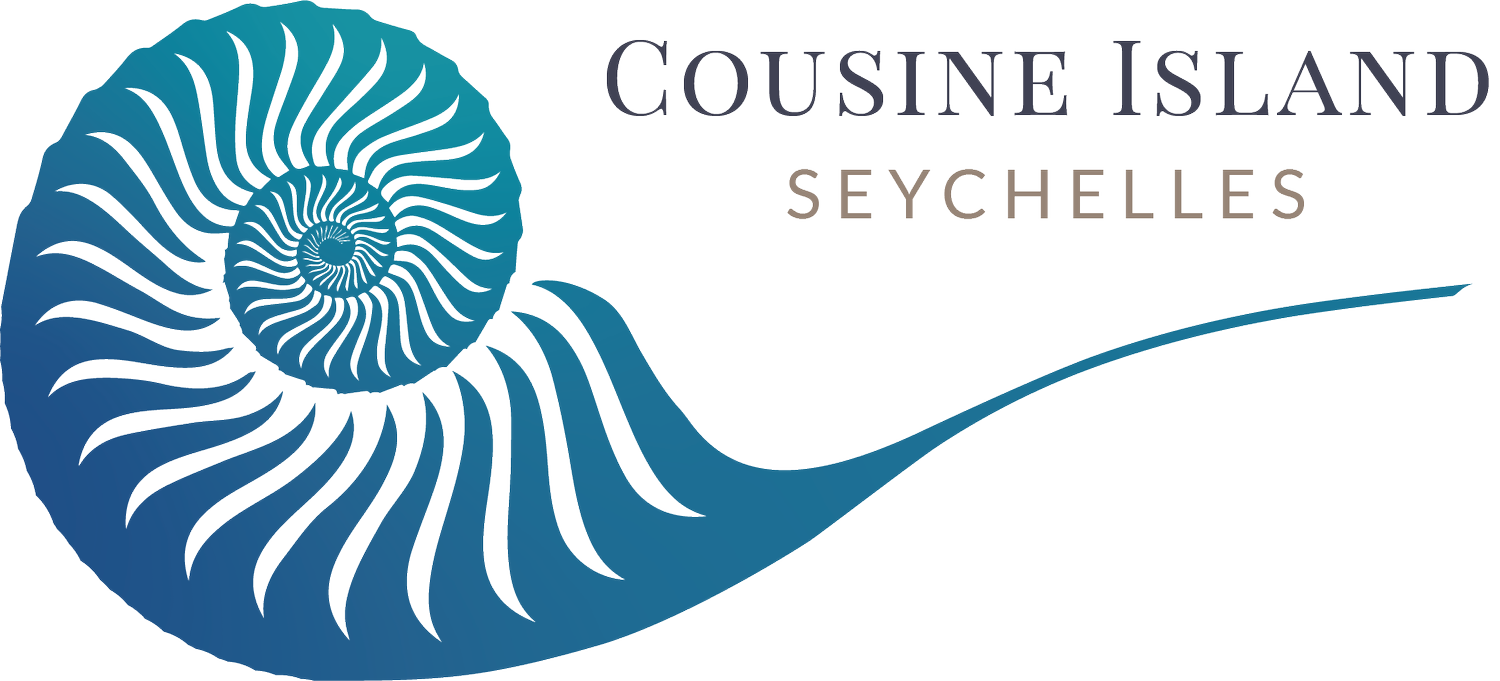毒美人问候地理锥(远方)
地理锥(Conus geographus)是一种在热带印度洋-太平洋珊瑚礁(包括库西内岛)中发现的美丽而致命的捕食者。它的外壳像雪山一样,经常被冲到库西内岛的海滩上,以其美观吸引着游客。
该物种是一个可怕的猎手,能精准地捕食海洋蠕虫、软体动物和小鱼。它使用一种带有毒液的鱼叉状牙齿,几乎可以瞬间固定猎物。这种毒液虽然毒性很强,但并不是用来防御人类的,而是用来有效捕捉猎物的。
[3]在已知的锥螺种类中,地理锥螺的毒刺毒性最强,据报道,300 年来大约有 30 多起人类死亡事故。
尽管地理锥的体型不大,通常生长在 10 到 15 厘米(4 到 6 英寸)之间,但它的毒液对人类构成严重威胁。目前还没有抗蛇毒血清,因此遇到它们可能会致命。了解和尊重它们在库西讷岛上的存在,凸显了保护工作和负责任地探索库西讷岛多样海洋生态系统的重要性。
与地理锥的邂逅提醒人们注意大自然的微妙平衡,以及在大自然中发现的令人惊叹的适应能力。我们鼓励库辛岛的游客在安全距离外欣赏这些生物,以确保他们的安全,并继续保护这一独特的物种及其栖息地。


